A taste of the Atherton tablelands.
Many many flocks passed as the light faded.
Lake Barrine is one of a few volcanic craters from about 12,000 years ago. Its about 65m deep and was formed from magma super heating the ground water under rock and material that trapped its expansion until a very large explosion blasted of the surface material leaving a crater to slowly fill with rain.
Standing under this tree is truly awe inspiring!
The strangle fig has an amazing habit of joining back together with it self. Roots dangle way down and then join back up with another section of the tree, seamlessly blending into the wood.
There are so many fantastic subjects in the forest on the tablelands.
I had a book put in front of me of the plants and animals of the tablelands that blew me away. One aspect of the photography that really caught me was the incredible depth of field. It didn’t seem possible with conventional photographic equipment. More depth of field in my macro photography would be a breakthrough. How are they doing it? I had to know. Reading a little more about the process the photographers used revealed a process that is both challenging and time consuming. I felt I had the skills and tools to attempt the process.
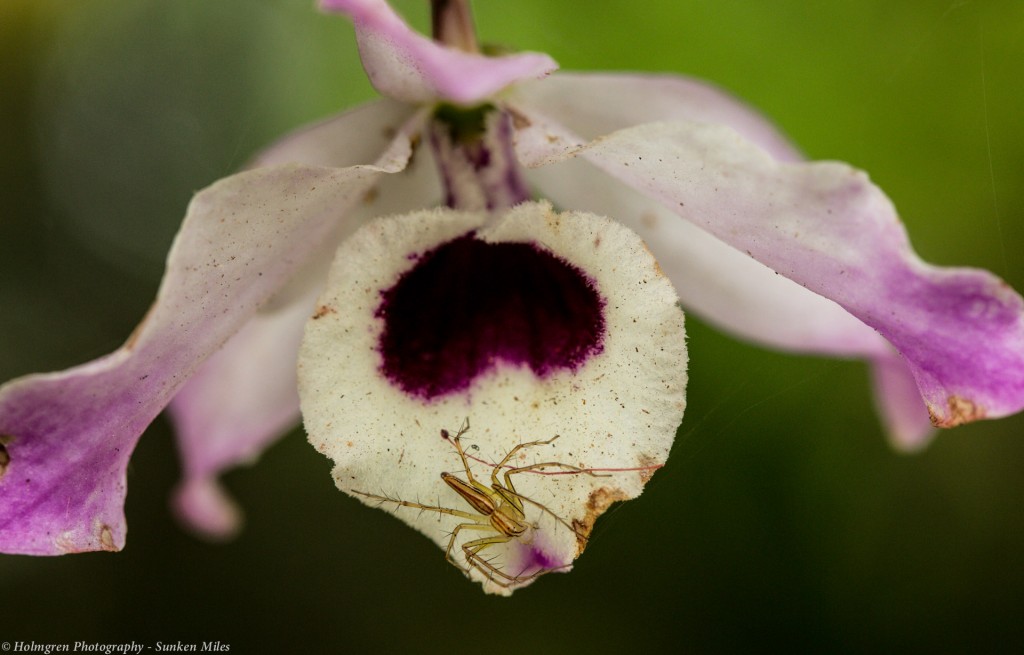
Classically shallow depth of field. A nice feel at times and very limiting at others.
5D MK3, Canon EF 100mm F2.8 @5.6
I could have stopped down to F11 for more depth of field but much of the flower would still be far from sharp. Going much beyond F11 would degrade images sharpness.
The composite image is created from 18 images with focus shifted slightly between frames and merged in post processing.
I am thrilled to add this effective but time consuming process to my photographic toolkit.
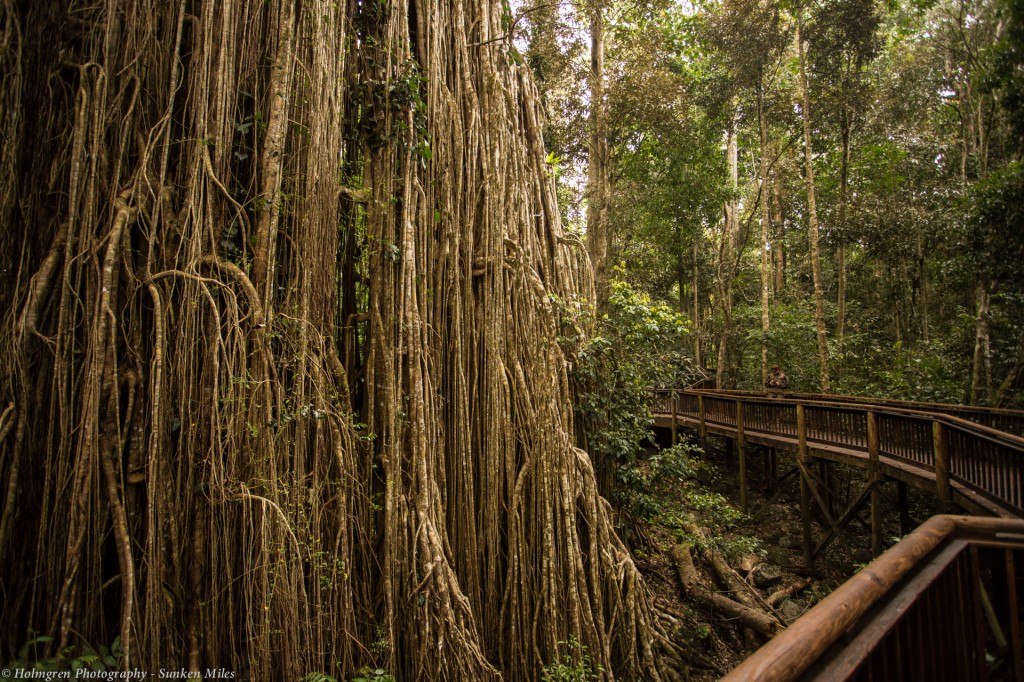
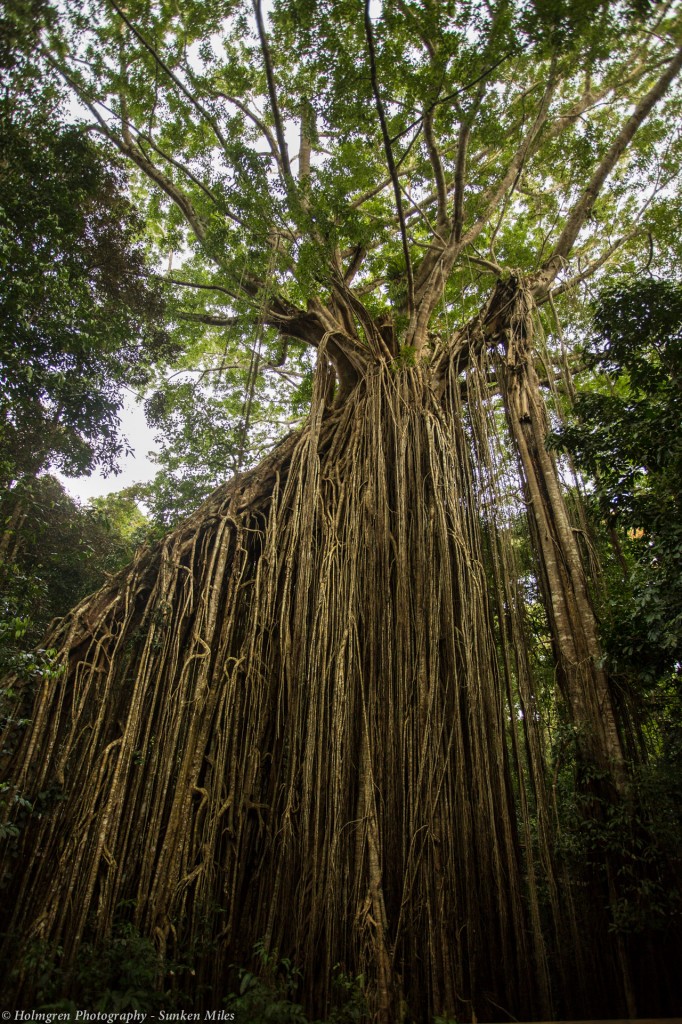
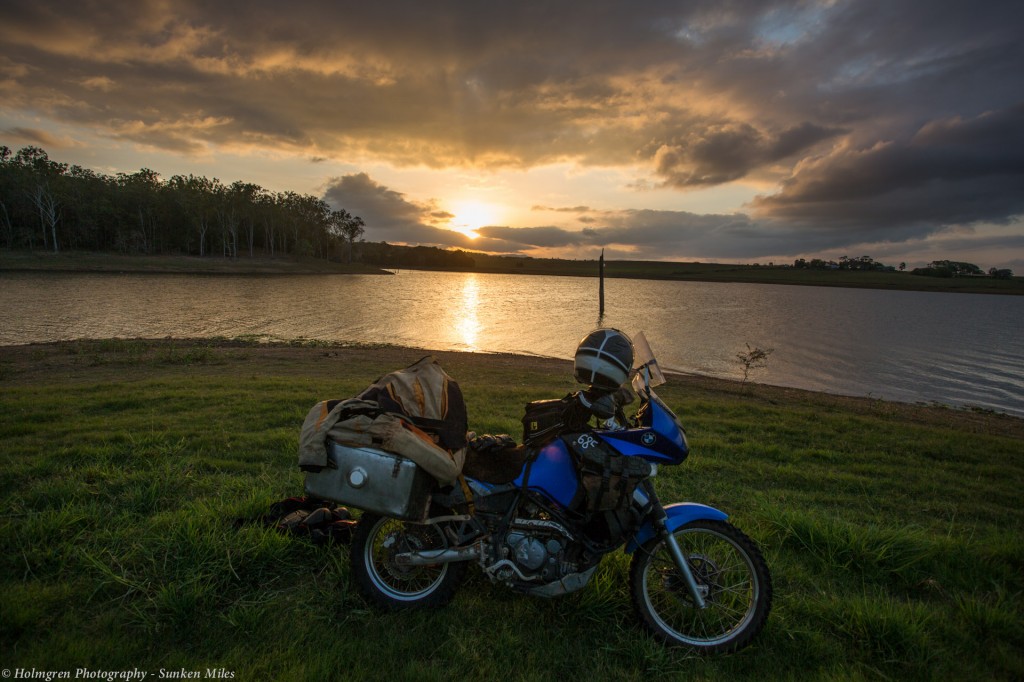
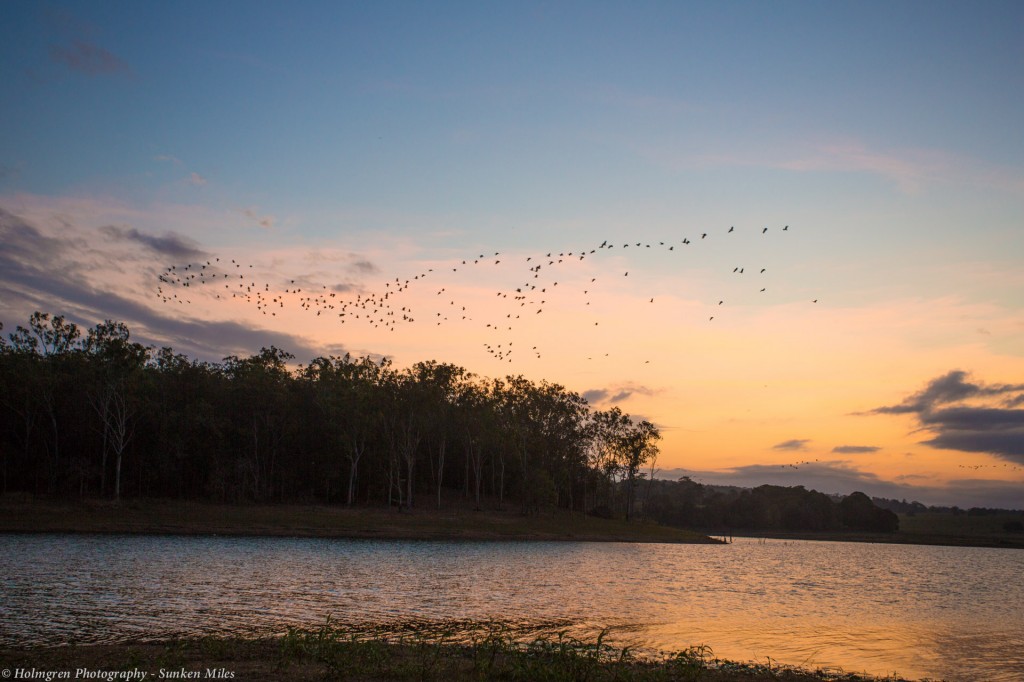
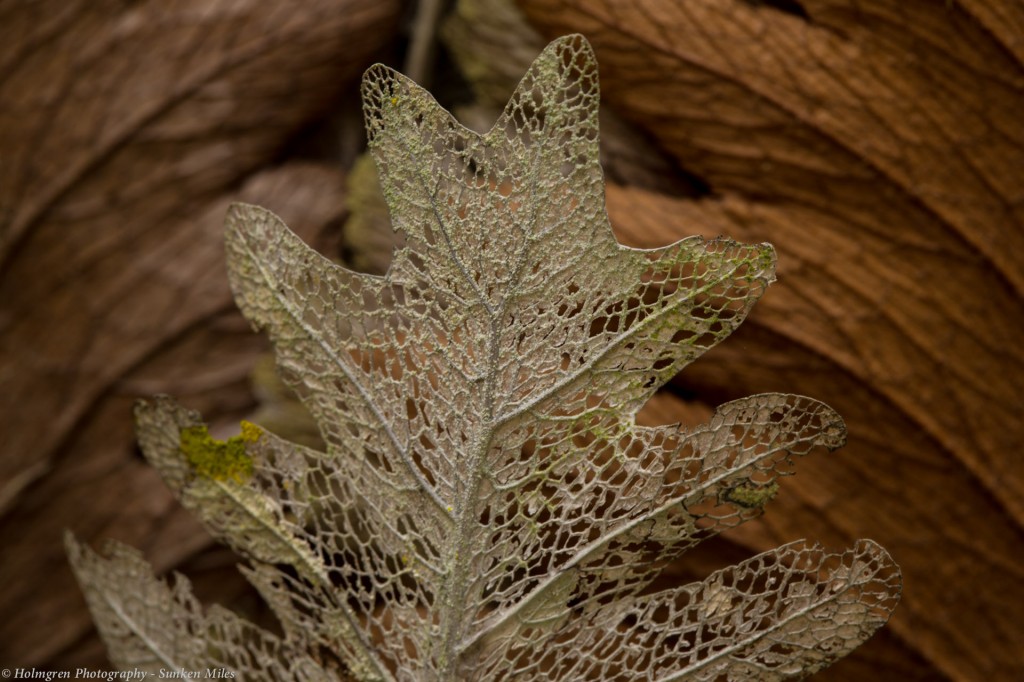
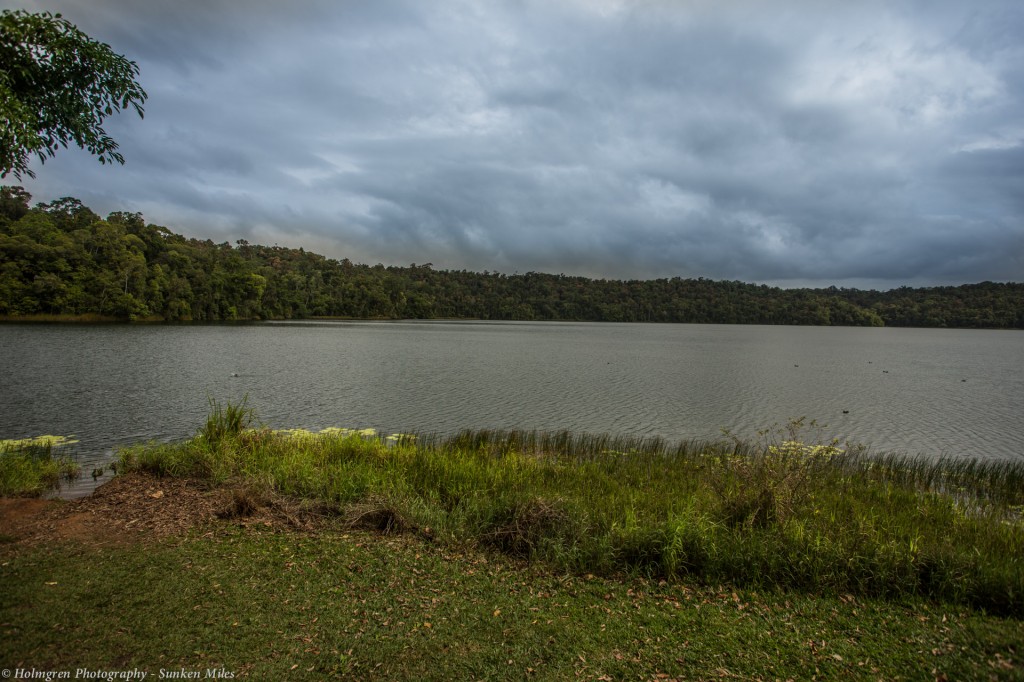
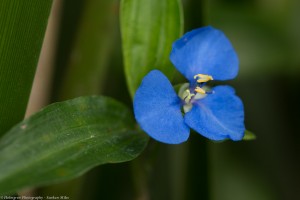
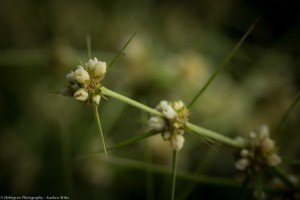
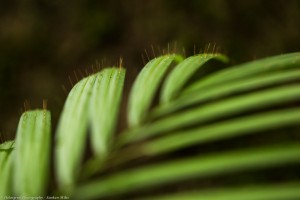
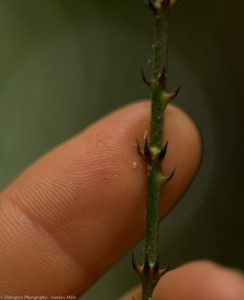
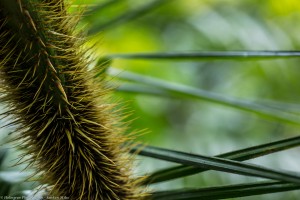
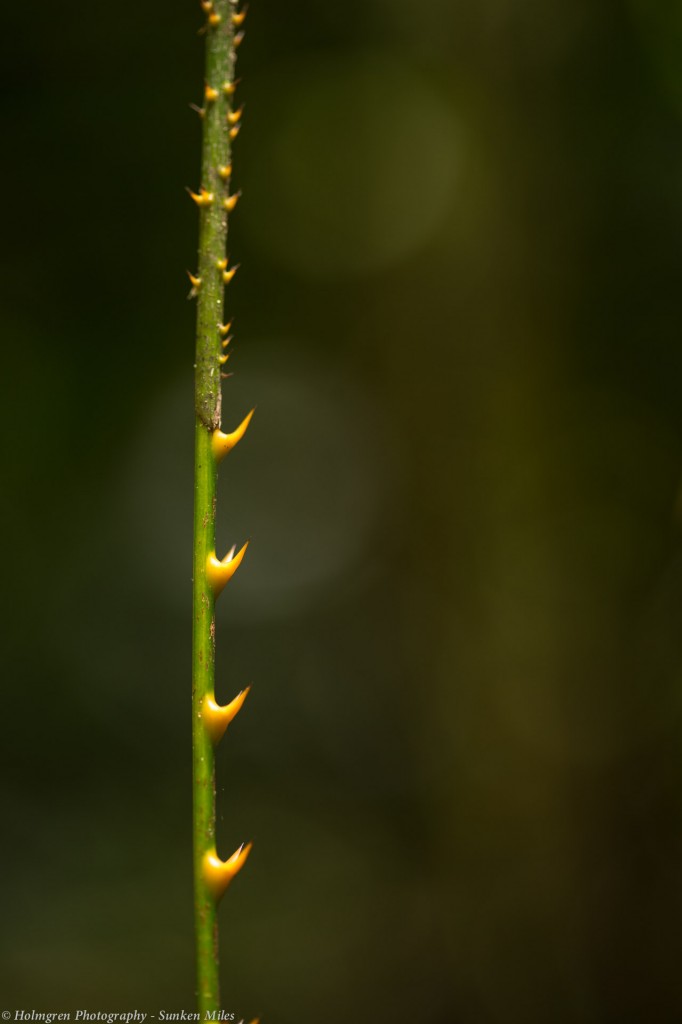
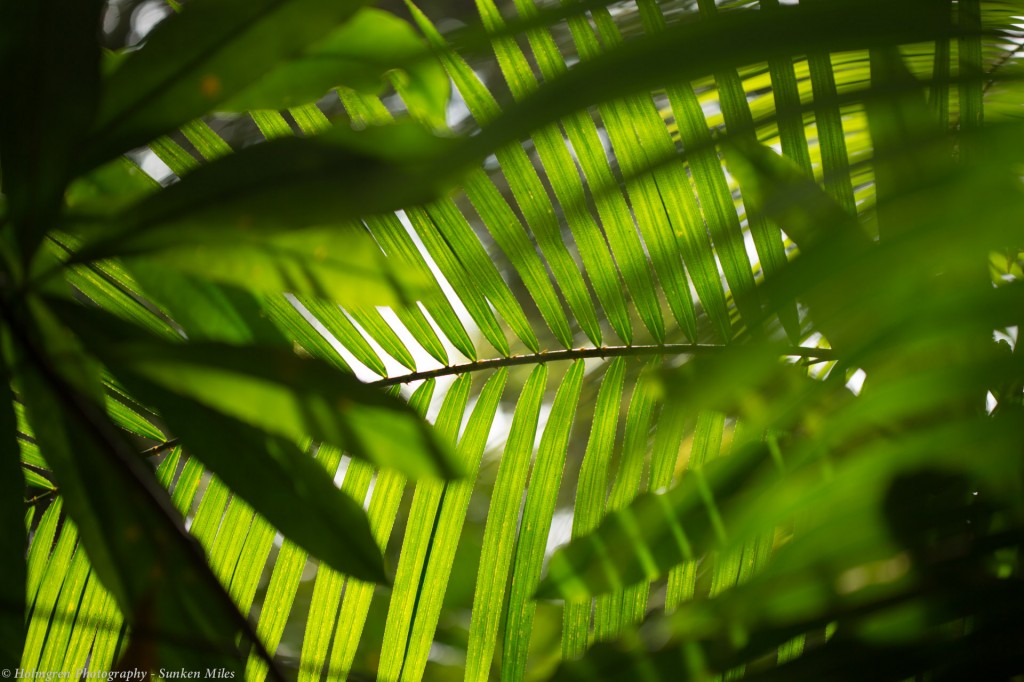
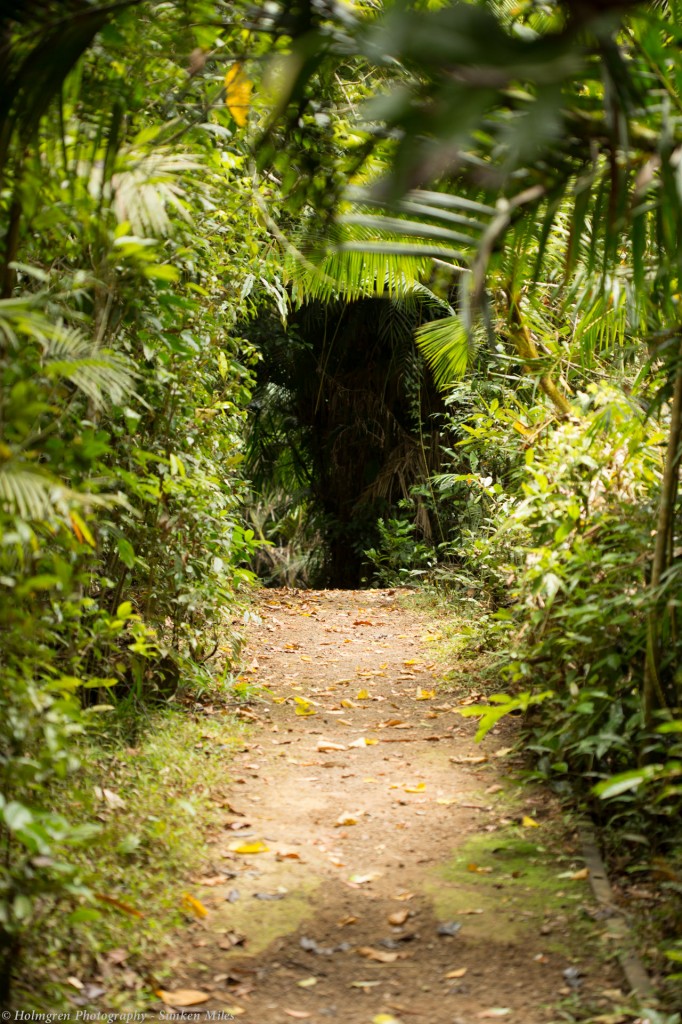
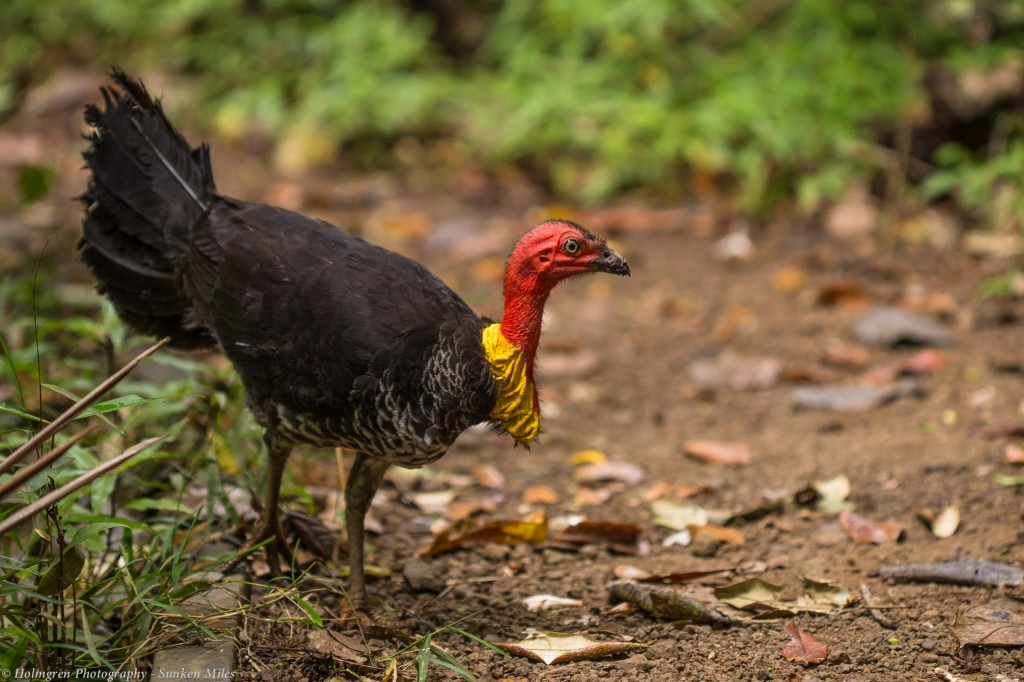
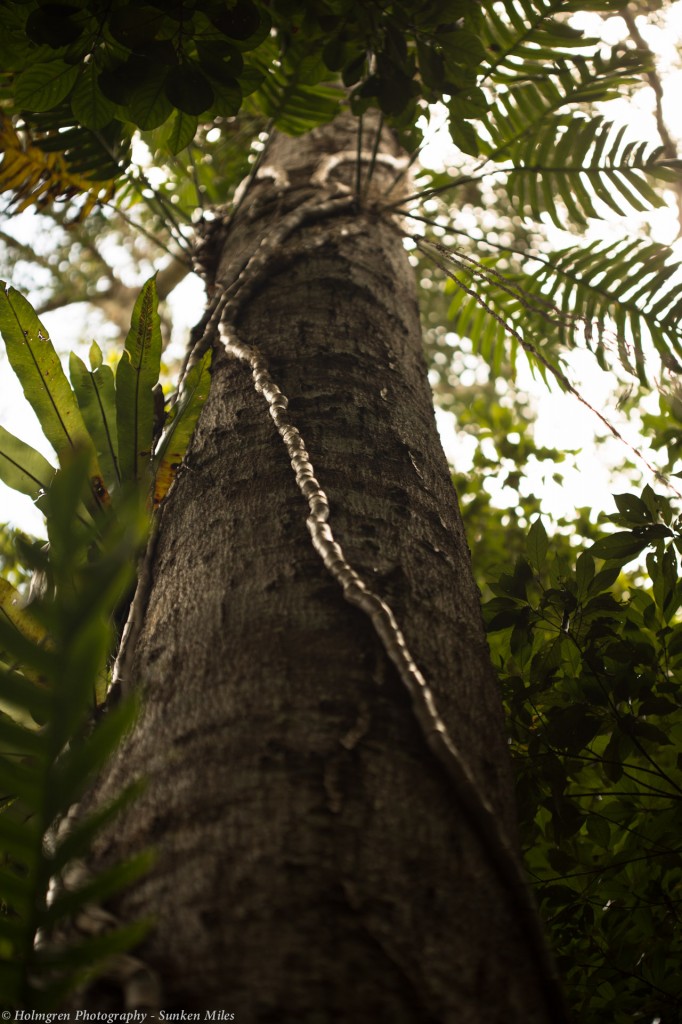
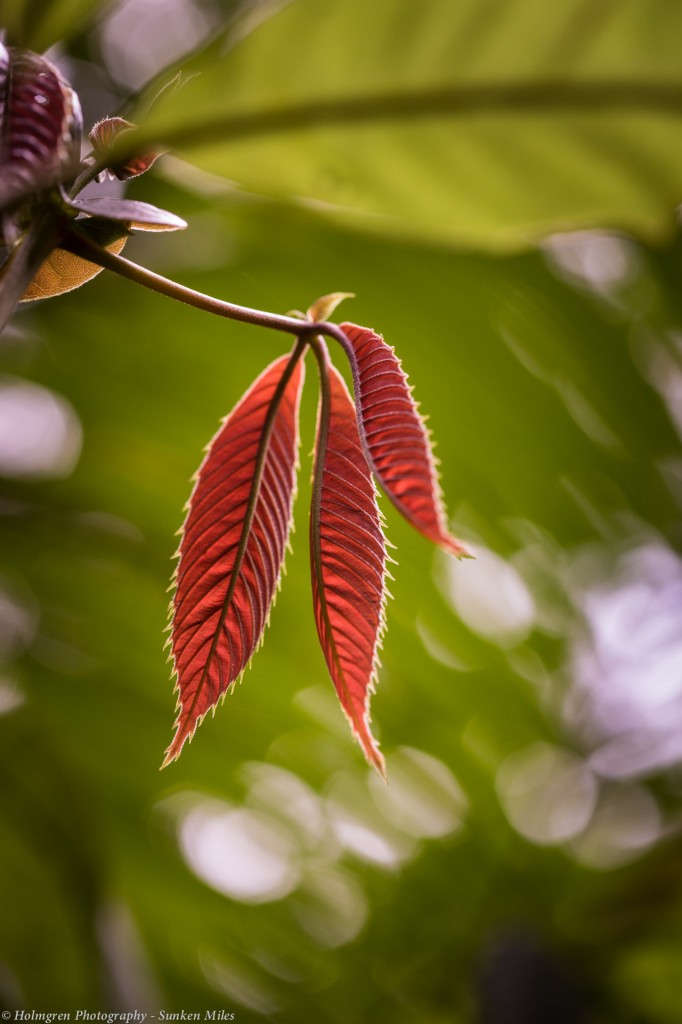
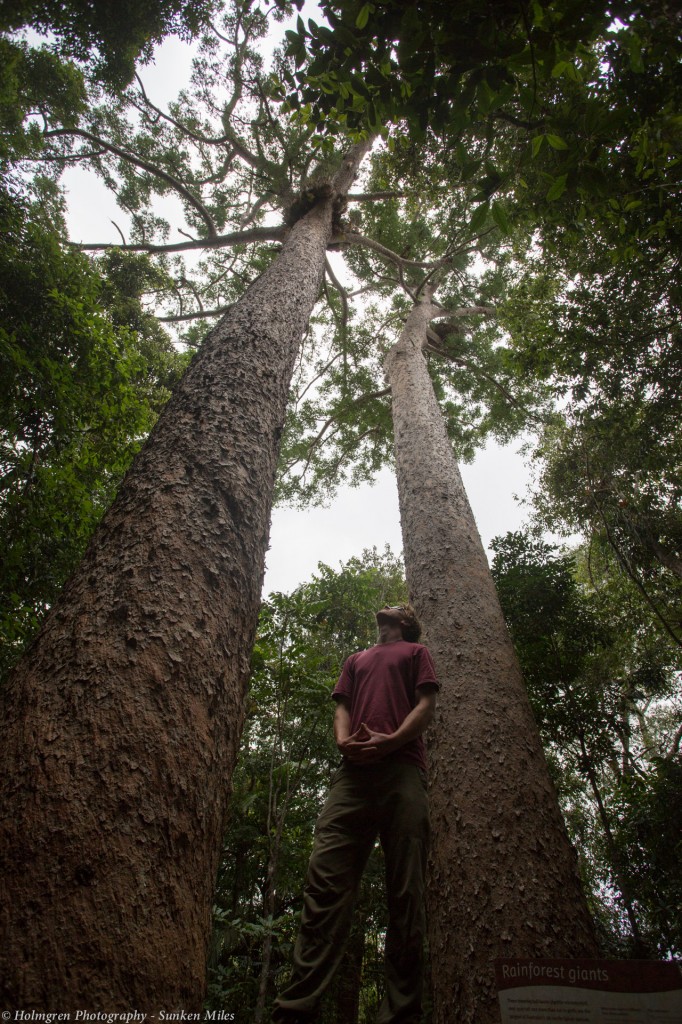
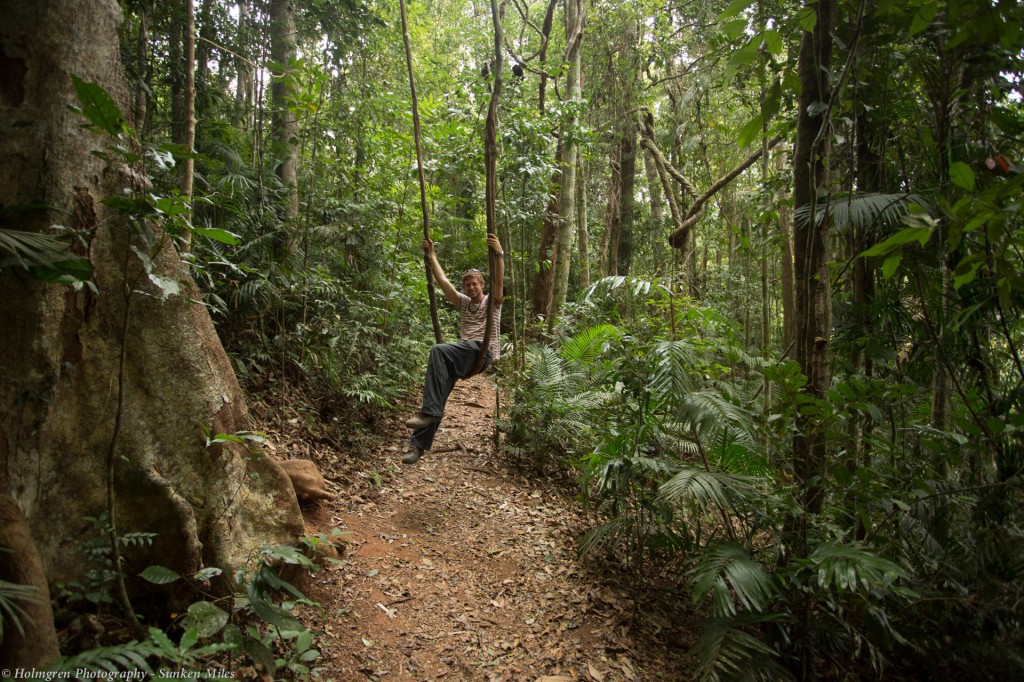
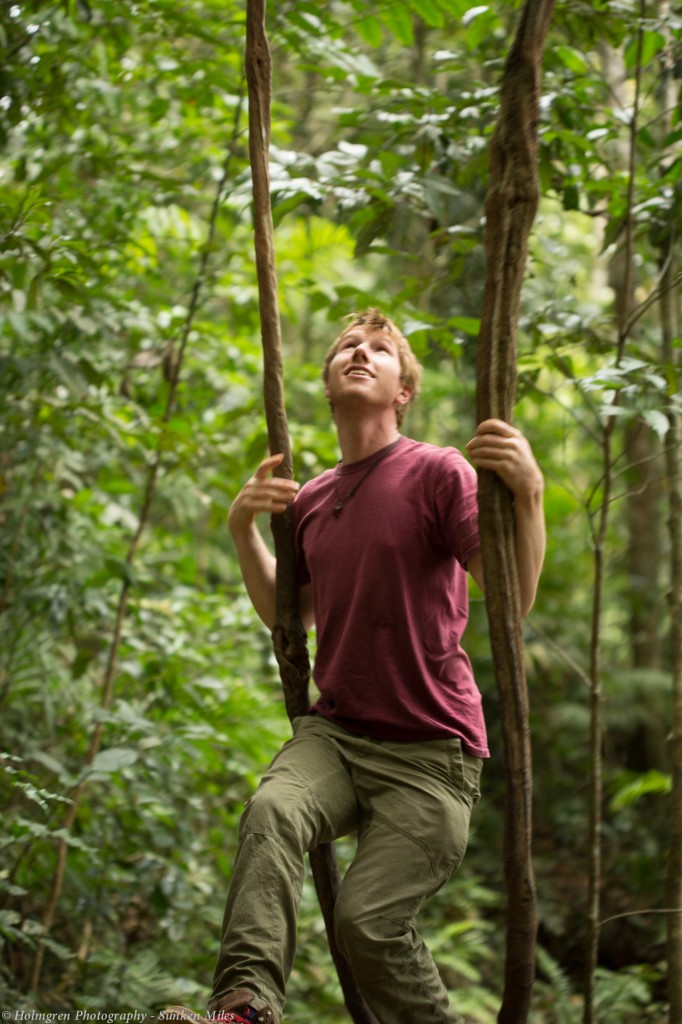
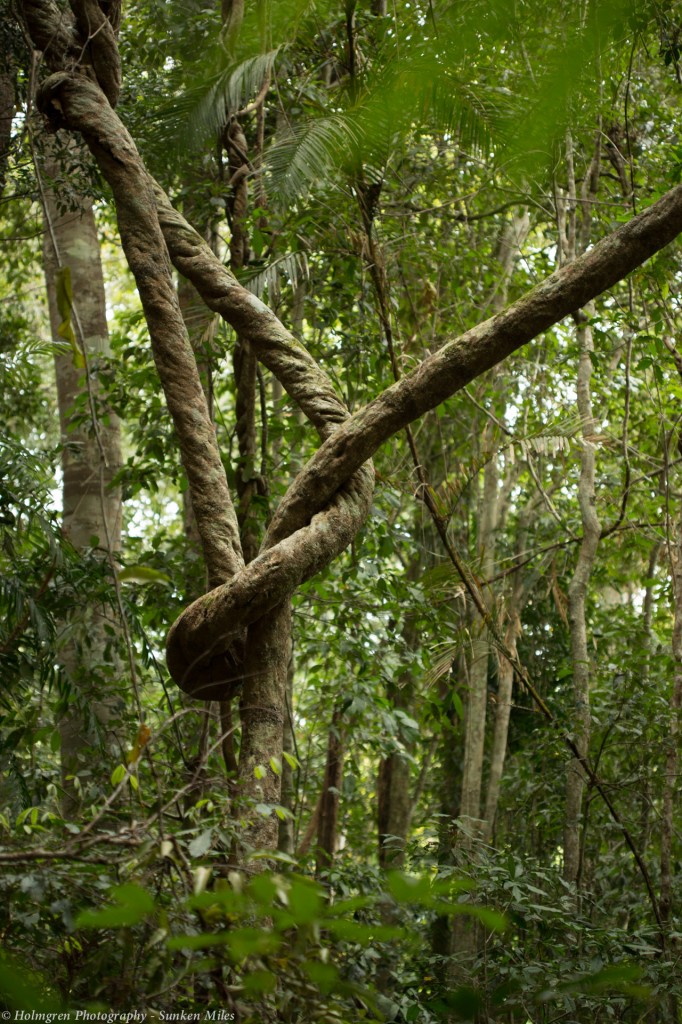
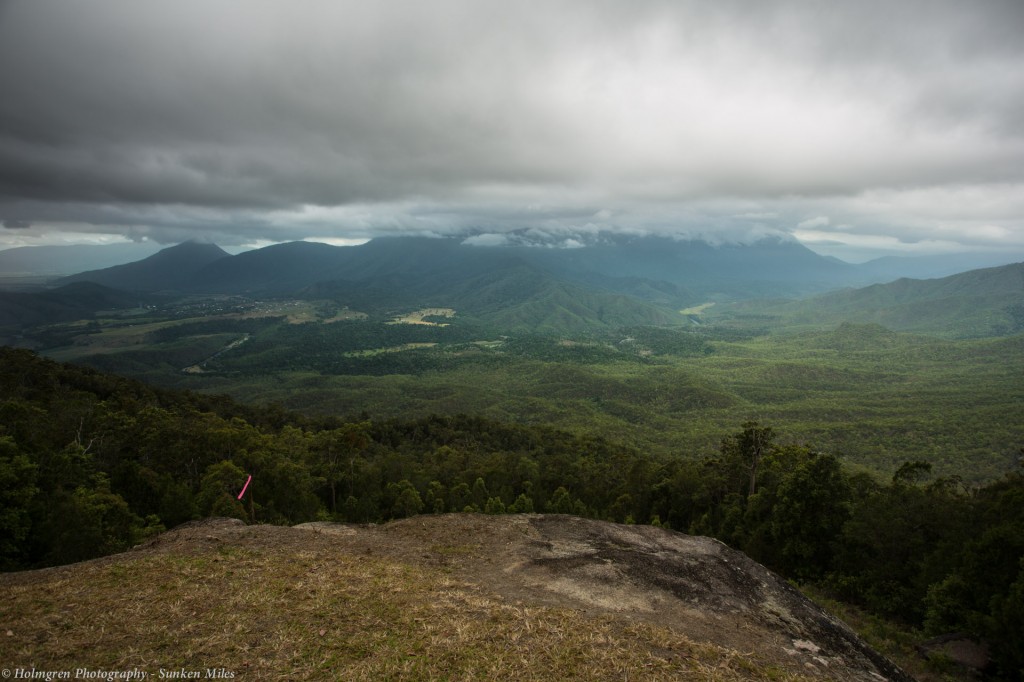
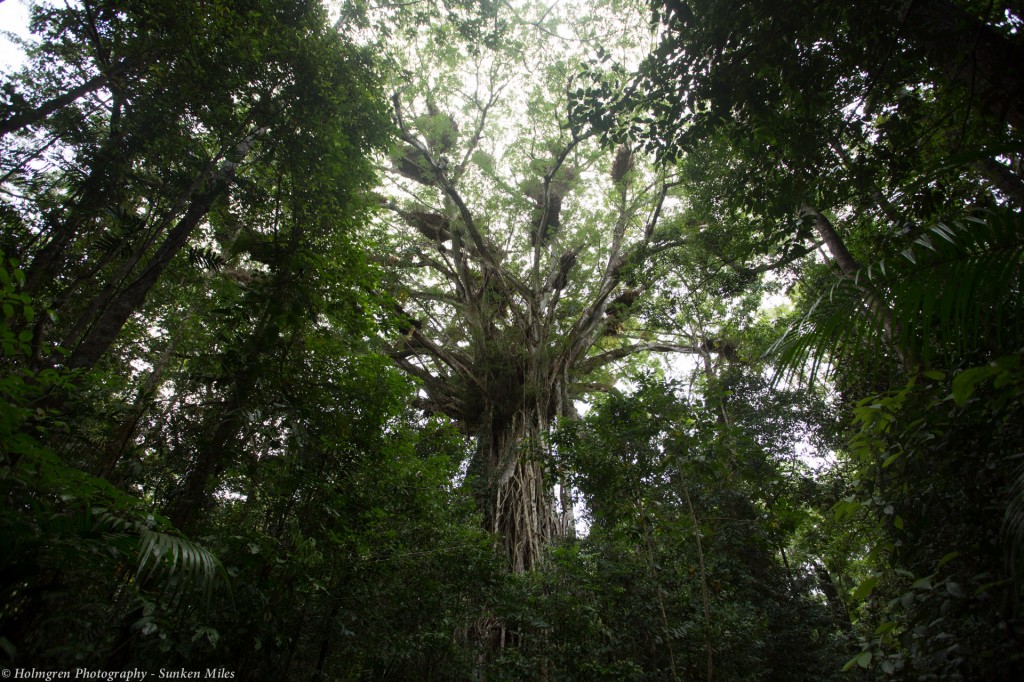
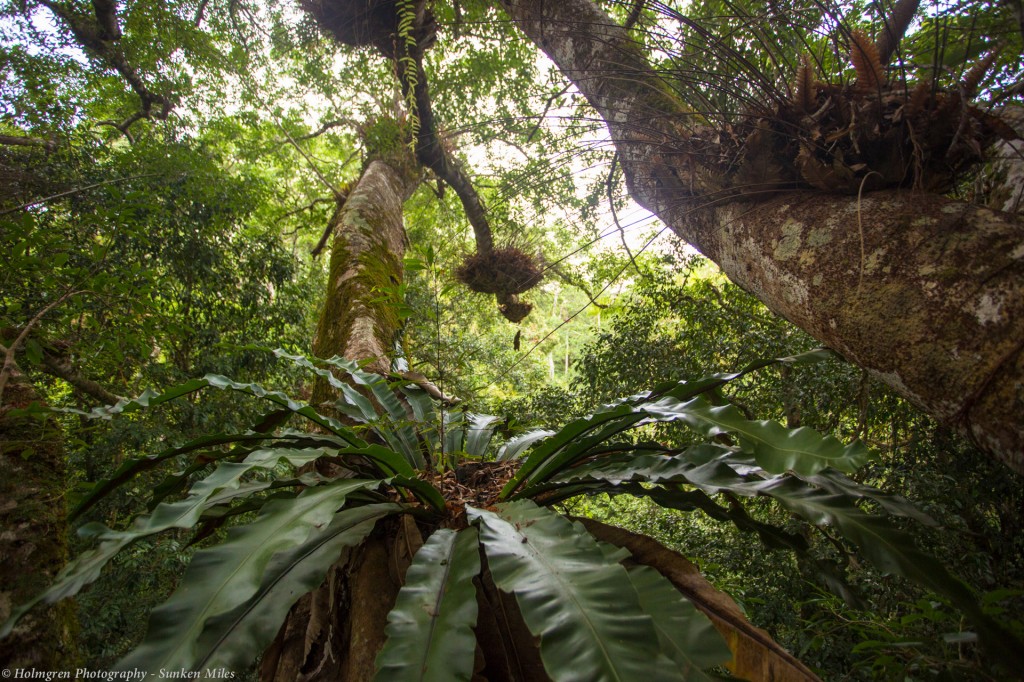
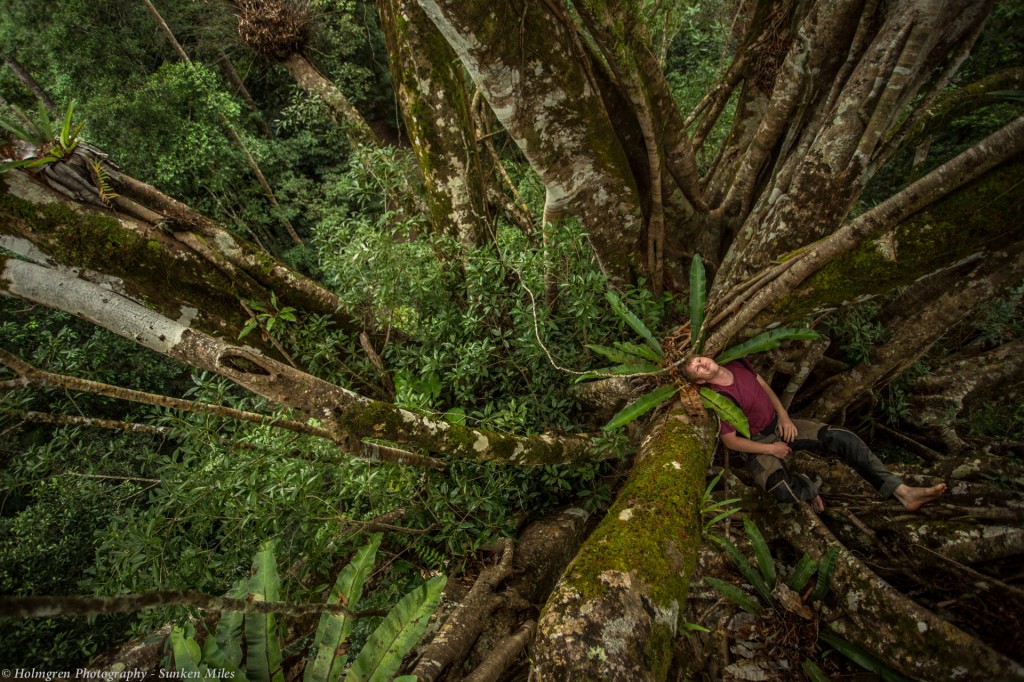
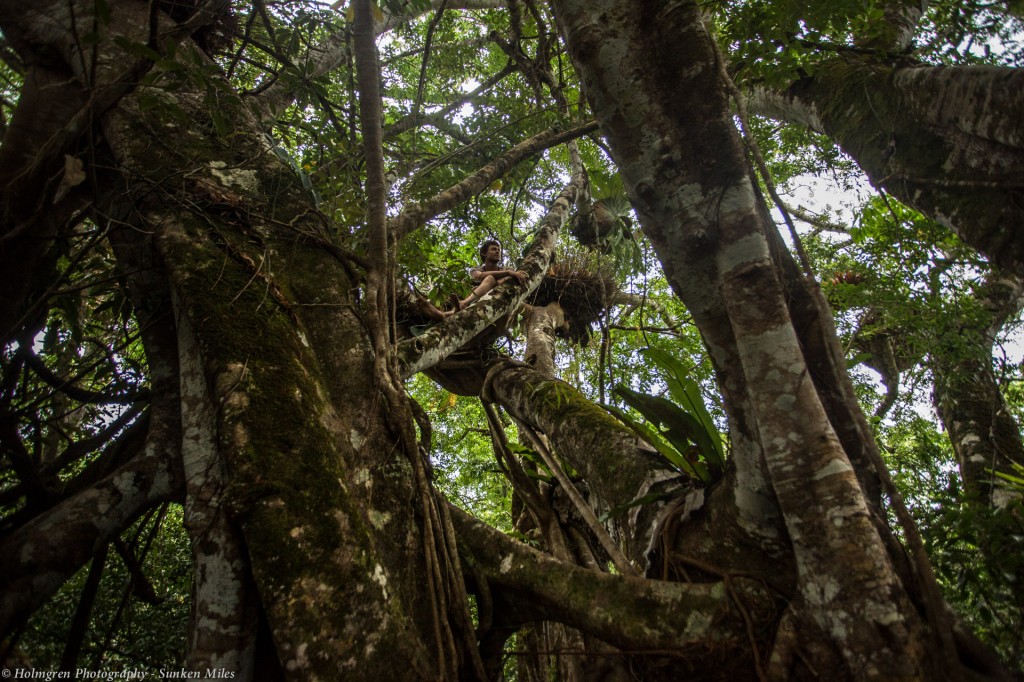
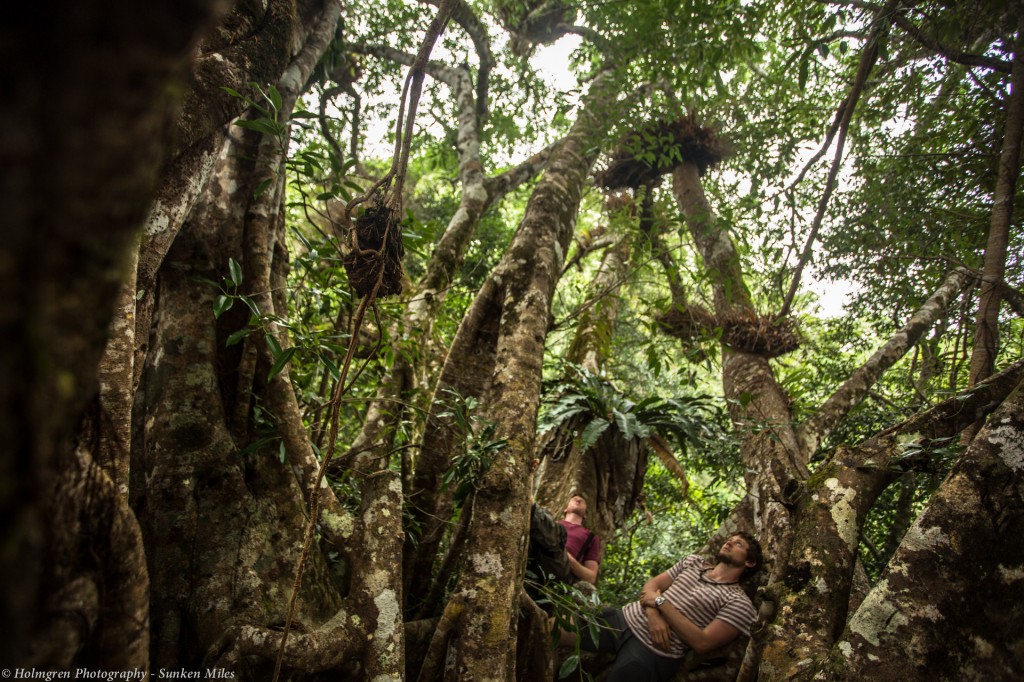
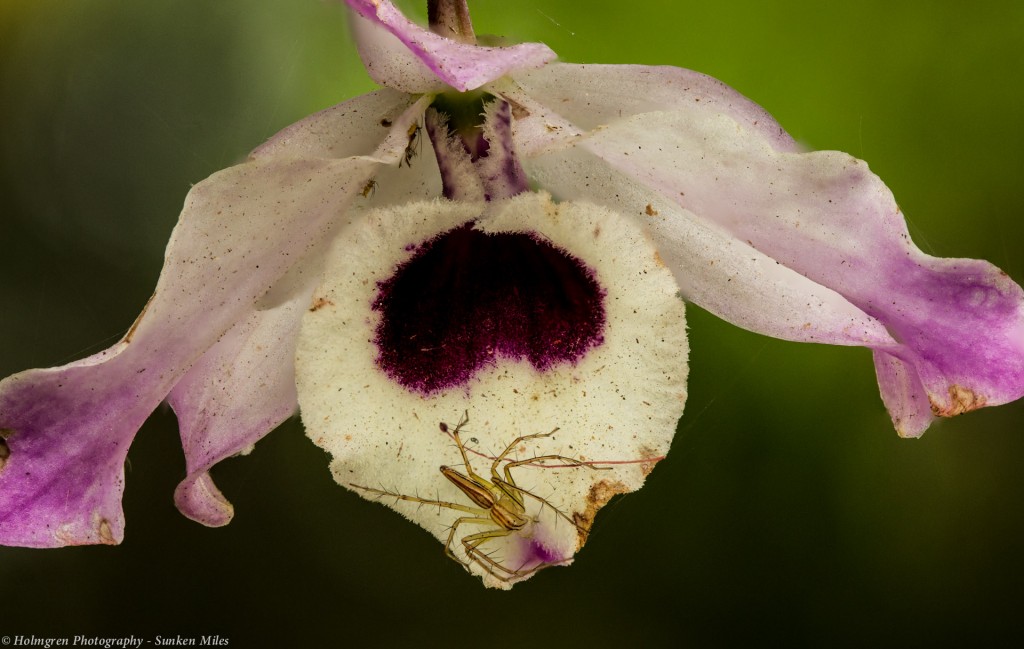
8 Responses to Atherton Tablelands